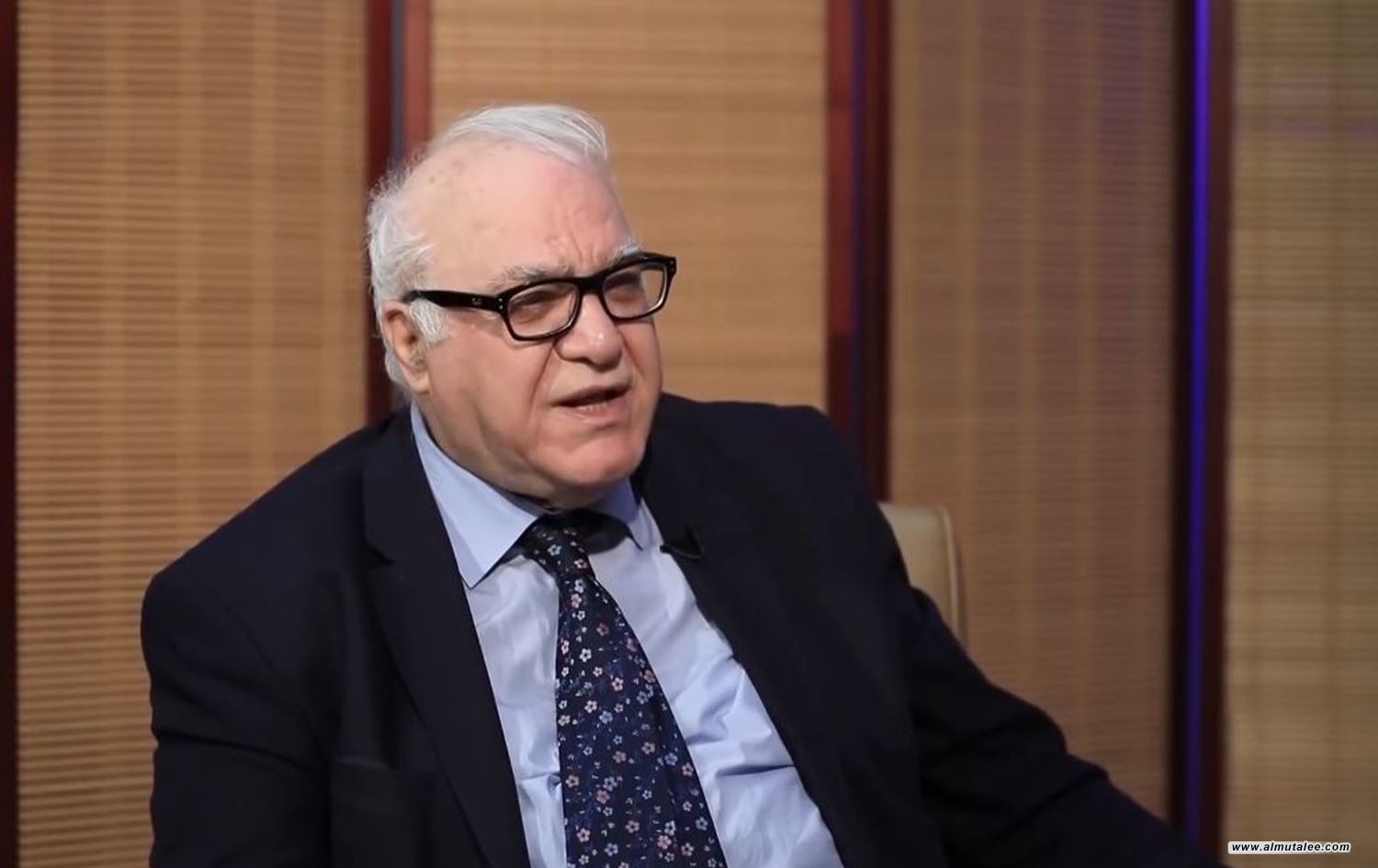
21:16 2023-06-28 140 Economy 0
Today, Wednesday, the Advisor to the Prime Minister for Financial Affairs, Mazhar Muhammad Salih, confirmed the strength of the quantitative and price monetary policy tools in managing public liquidity, while identifying the factors for stabilizing the purchasing power of the Iraqi dinar.
And Saleh said, in a statement to the official agency, followed by the insider, that: “Some are betting on the impossibility of controlling the levels of local liquidity generated by government spending, especially in the federal general budget 2023, which is based on methods of financing the budget in Iraqi dinars in exchange for oil revenues in foreign currency mostly.” As oil revenues constitute the reserves of the Central Bank of Iraq, which help to intervene in the money market to sterilize local liquidity levels and control them when they rise through the ability to meet the growing demand for foreign exchange.
He added, “The bet is losing on the inability to intervene and control the levels of liquidity in dinars, which will rise with the rise in government expenditures due to the conditions of the compliance platform and the fear of them in meeting the demand for foreign exchange. Monetary policy and the strength of foreign reserves, which are the highest in the country’s financial history, are the only ones that possess the price tools.” And the different quantity affects the levels of liquidity that government spending mostly generates.
And Saleh continued, “There is a strong coordination and integration between monetary policy and the joints of economic policy and financial policy, and it affects drawing the rules of price stability factors and building an efficient commodity supply in order to achieve the goals of the Central Bank in stabilizing the purchasing power of the Iraqi dinar, based on the goals of Decree Law No. 56 of 2004.” “.
And he noted, “There is a very pessimistic extremist imagination that is spread from time to time and is not at all commensurate with the strength of the monetary and price policy tools in particular, and the opportunities available for government policies in general to address the shocks that are seen from time to time in the matter of public liquidity management.”
